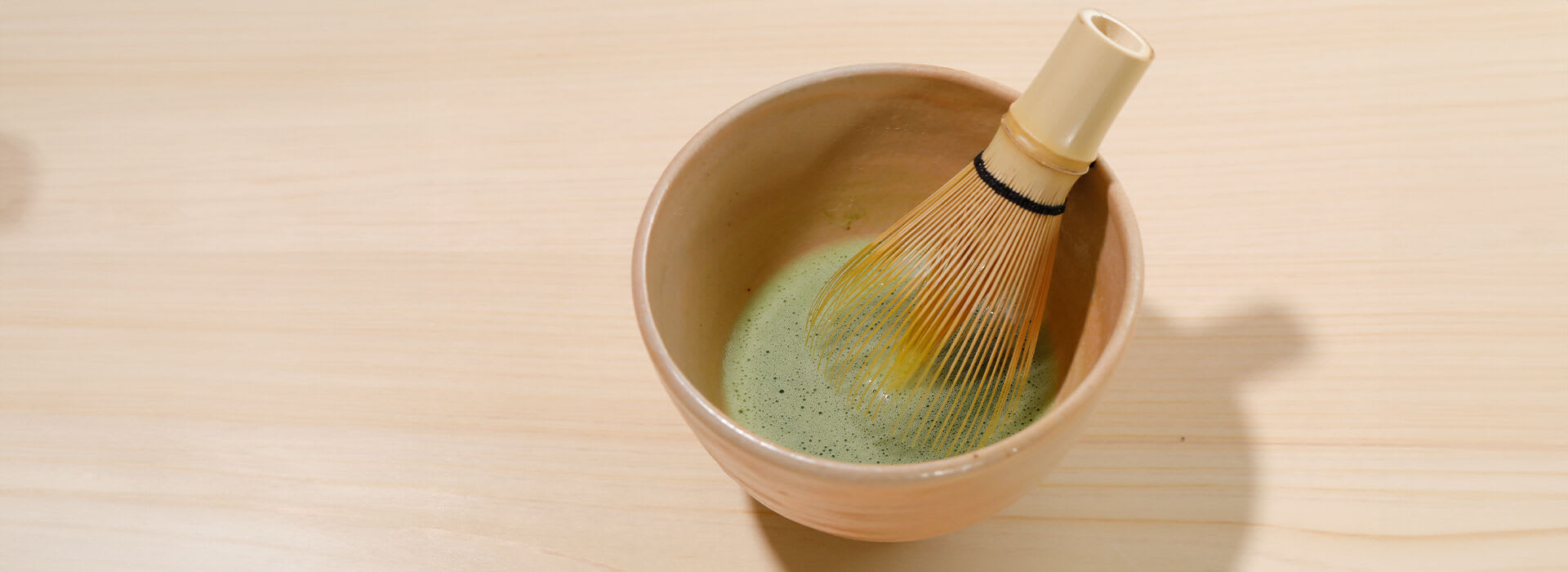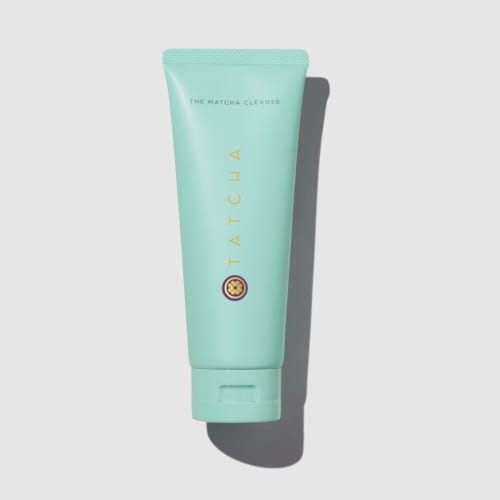Japanese Matcha
How does Japanese matcha benefit your skin?

Benefits
Calming, Dullness
About
Matcha is a special type of finely powdered green tea that is prized for its bright green hue, distinct cultivation, ceremonial preparation process, and transformative health benefits. For centuries, women in Japan would care for their complexions with kind-to-skin home remedies from kitchen staples, including matcha. The powdered green tea is lauded for its antioxidant properties, both when drunk and applied topically. To achieve the numerous potent benefits, cooled matcha would be applied topically as a boosting mask for aging and tired skin. The DIY method is no longer needed to harness the powers of matcha though, thanks to Tatcha’s Matcha Cleanse. This water-based gel lathers into a sensorial foam to wash away dirt, oil, and makeup while lightly hydrating, so skin feels clean and refreshed, not dry or stripped. In one gentle cleanse, you're left with only soft, pure skin.
“ Thanks to its high potency levels, matcha is prized for its links to a reduction in inflammation, imparting dull skin with a healthier-looking complexion, stimulating the dermis’ natural collagen and elastic productions, and addressing free radical damage from environmental stressors.
Science
While you may be more familiar with its culinary delights, the matcha benefits for skin are just as impressive. Matcha has high concentrations of L-theanine and chlorophyll, as well as epigallocatechin gallate (known as EGCG), an antioxidant only available in green tea that is linked to numerous skin and health perks. However, not all green teas were created equal: Matcha has been scientifically proven to have significantly higher concentrations of these antioxidants compared to conventional green tea thanks to the unique growing and consumption processes. Thanks to its high potency levels, matcha is prized for its links to a reduction in inflammation, imparting dull skin with a healthier-looking complexion, stimulating the dermis’ natural collagen and elastic productions, and addressing free radical damage from environmental stressors.
History
Matcha dates back to the Tang Dynasty in China, but is mostly produced in Japan today. The distinctive tea was introduced to Japan in the 1100s by a Zen Buddhist monk who, returning from study in China, brought tea seeds with him and established what we now recognize as a tea ceremony, designed to honor the beauty of nature. To this day, matcha is an essential part of the Japanese diet and is believed to aid in one’s longevity. This is because when you consume matcha, you consume the entire leaf (versus steeping the leaves in hot water), which allows you to increase the level of nutrients compared to green tea.
Provenance
Tatcha specifically features the famed Kyo-matcha in The Matcha Cleanse. In Japan, the prefix “Kyo” means it's sourced from Kyoto, a region renowned for its extraordinary matcha production. We’re also proud to say that the matcha in The Matcha Cleanse is ceremonial grade, meaning it’s made of the highest quality tea leaves. These tea leaves are carefully grown under a parasol for weeks before harvest, all to help increase the amount of l-theanine in the delicate leaves. This special practice has granted the title “princess of green tea” to this particular crop.
Did You Know?
While it might seem like just a good-for-you cup of tea, matcha has been shown to reduce acne when applied topically. Thanks to the tea’s anti-inflammatory and antioxidant properties, it has been shown in five randomized-controlled studies that green tea extract “significantly reduced” the amount of breakouts. The research concluded that green tea is beneficial for the treatment of acne without causing significant adverse reactions.

